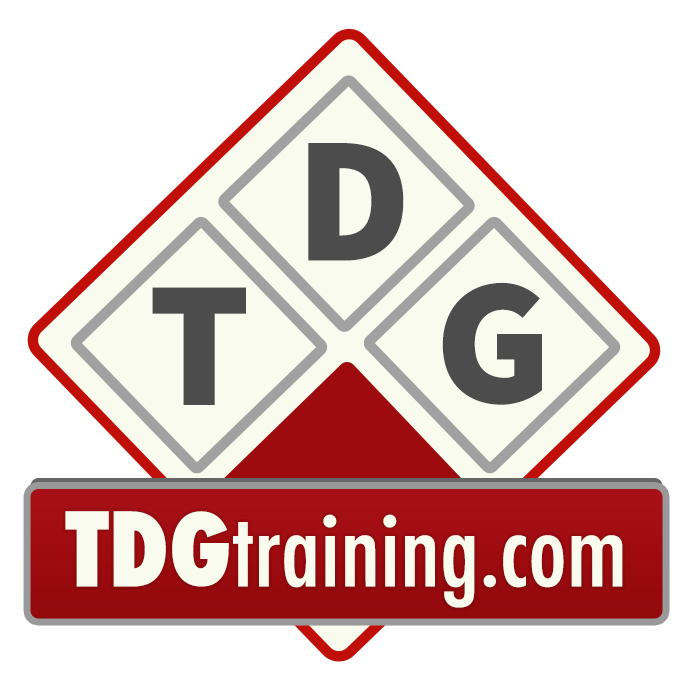About WHIMS (Workplace Hazardous Materials Information System) 2015
What is WHMIS GHS?
WHMIS GHS is a short form for Workplace Hazardous Materials Information System. It is a comprehensive plan for providing information on the safe use of hazardous materials used in Canadian workplaces. Information is provided by means of product labels, safety data sheets (SDS) and worker education programs.
What are the main parts of WHMIS GHS?
The main components of WHMIS GHS are hazard identification and product classification, labelling, safety data sheets, and worker training and education.
Why was WHMIS GHS created?
It was created in response to the Canadian workers’ right to know about the safety and health hazards that may be associated with the materials or chemicals they use at work. Exposure to hazardous materials can cause or contribute to many serious health effects such as effects on the nervous system, kidney or lung damage, sterility, cancer, burns and rashes. Some hazardous materials are safety hazards and can cause fires or explosions. WHMIS was created to help stop the injuries, illnesses, deaths, medical costs, and fires caused by hazardous materials.
How was WHMIS GHS developed?
WHMIS GHS was developed by a tripartite steering committee with representatives from government, industry and labour to ensure that the best interests of everyone were considered.
Is WHMIS GHS a law?
Yes. WHMIS became law through a series of complementary federal, provincial and territorial legislation that became effective October 31, 1988. WHMIS was revised to meet GHS requirements; the revised legislation is known as WHMIS GHS and became effective February 11, 2015.
The majority of the "information" requirements (and exemptions) of WHMIS GHS legislation were incorporated into the HAZARDOUS PRODUCTS ACT and the HAZARDOUS MATERIALS INFORMATION REVIEW ACT. These apply to all of Canada. Regulations made under these acts include:
- Hazardous Products Regulations,
- Hazardous Materials Information Review Act Appeal Board Procedures Regulations,
- Hazardous Materials Information Review Regulations.
The occupational health and safety components of WHMIS GHS that apply to federal employees and others covered by the Canada Labour Code (CLC) are specified in the CLC and the Canadian Occupational Safety and Health Regulations (Part X).
| British Columbia | Workers’ Compensation Act Occupational Health and Safety Regulation, Part 5 |
| Alberta | Occupational Health and Safety Code Part 29 Workplace Hazardous Materials Information System (WHMIS), Sections 395 to 414 |
| Saskatchewan | Occupational Health and Safety Act Occupational Health and Safety Regulations, Part XXII |
| Manitoba | Workplace Safety and Health Regulation, Man. Reg. 217/2006 Part 35, Workplace Hazardous Materials Information Systems Application |
| Ontario | Occupational Health and Safety Act Workplace Hazardous Materials Information System (WHMIS) Regulation |
| Quebec | Act Respecting Occupational Health and Safety Regulation Respecting Information on Controlled Products |
| New Brunswick | Occupational Health and Safety Act Workplace Hazardous Materials Information System Regulation |
| Nova Scotia | Occupational Health and Safety Act Workplace Hazardous Materials Information System (WHMIS) Regulations |
| Prince Edward Island | Occupational Health and Safety Act Workplace Hazardous Materials Information System Regulations |
| Newfoundland | Occupational Health and Safety Act Workplace Hazardous Materials Information System (WHMIS) Regulations |
| Yukon Territories | Occupational Health and Safety Act Workplace Hazardous Materials Information System Regulations |
| Northwest Territories & Nunavut | Safety Act Work Site Hazardous Materials Information System Regulations |
What are the duties under WHMIS GHS?
Suppliers, employers and workers all have specified responsibilities in the Hazardous Products Act.
Suppliers: Canadian suppliers are those who sell or import products. When this product is considered a "controlled product" according to the WHMIS GHS legislation, a supplier must label the product or container, and they must provide a Safety Data Sheet (SDS) to their customers. The purpose of the labels is to clearly identify the contents of the hazardous material, and the SDS is to explain what those hazards are.
Employers: Employers are required to establish education and training programs for workers exposed to hazardous products in the workplace. Employers must also make sure that the products are labelled and that an SDS is present for each product and that they are readily available to workers.
Workers: Workers are required to participate in the training programs and to use this information to help them work safely with hazardous materials. They may also inform employers when labels on containers have been accidentally removed or if the label is no longer readable.
What are controlled products?
Controlled products is the name given to products, materials, and substances that are regulated by WHMIS GHS legislation. All controlled products fall into one or more of six WHMIS GHS classes.
Who enforces WHMIS GHS?
WHMIS GHS is enforced by the Labour Branch of Human Resources Development Canada for federal workplaces and by the provincial or territorial agencies responsible for occupational health and safety for most other workplaces.
